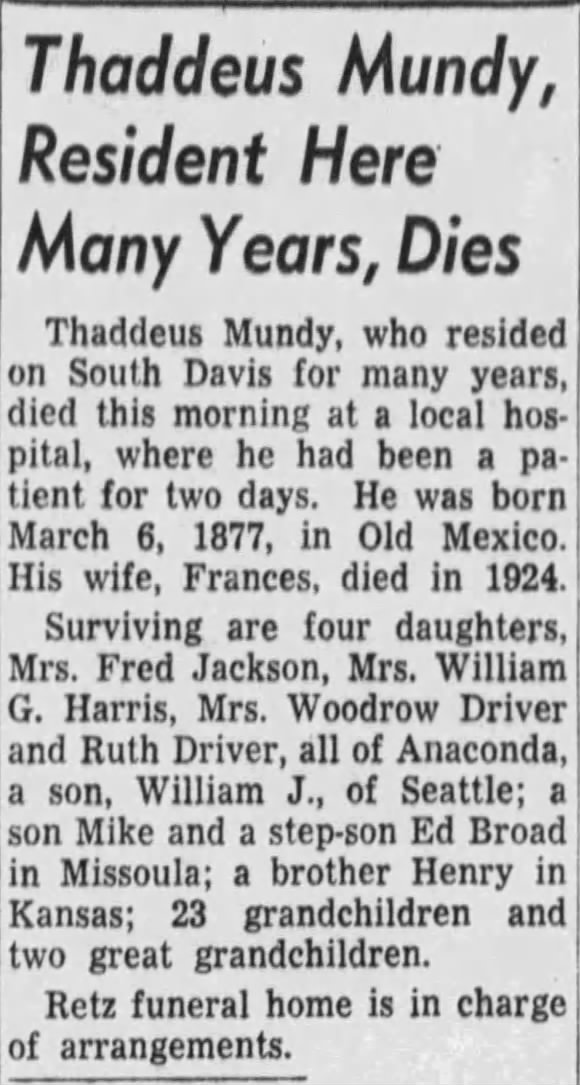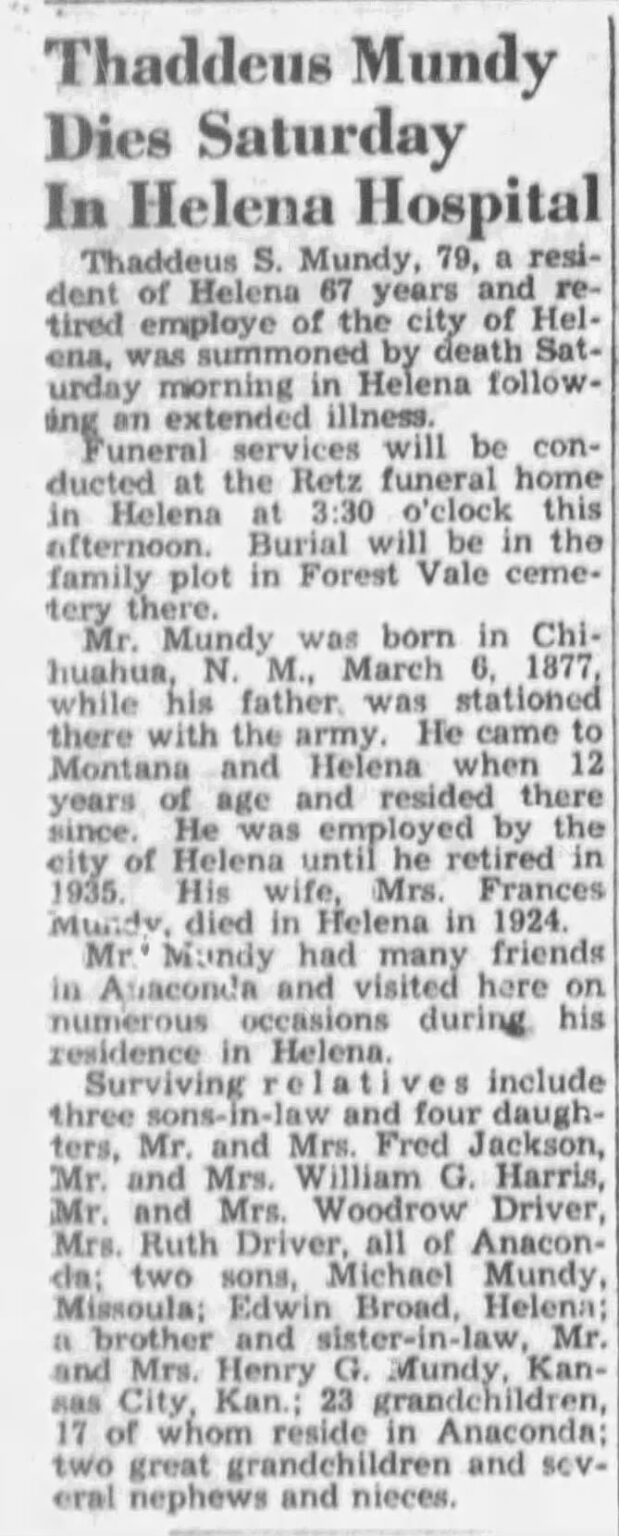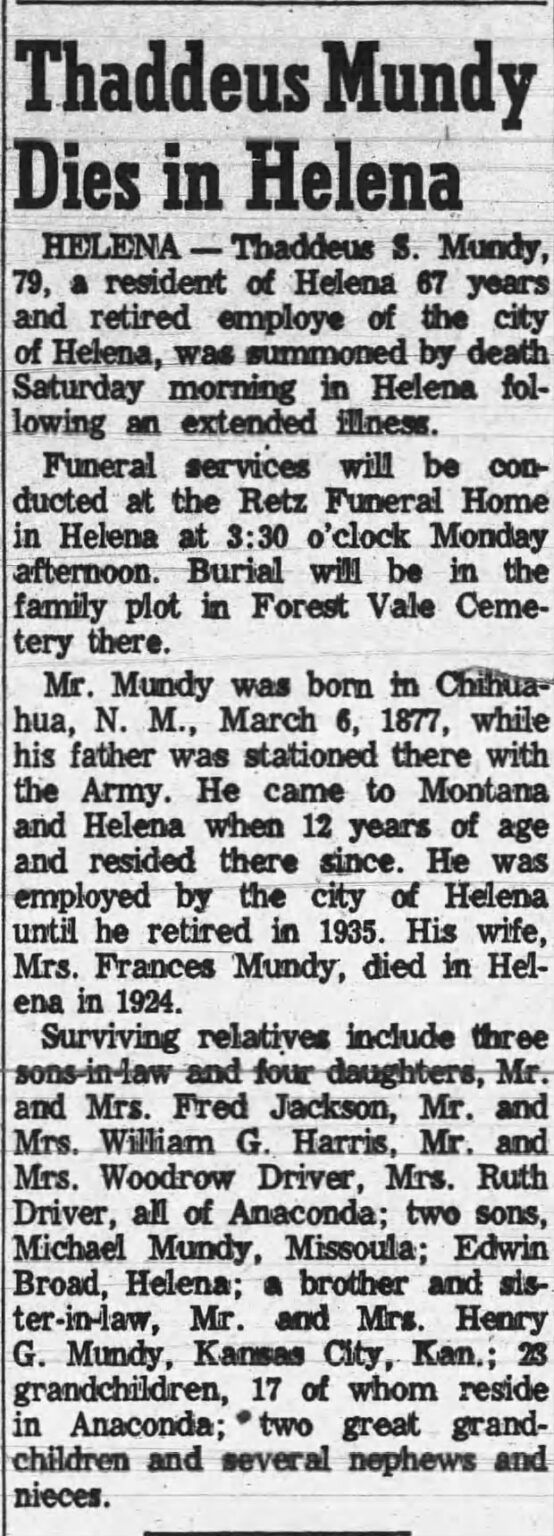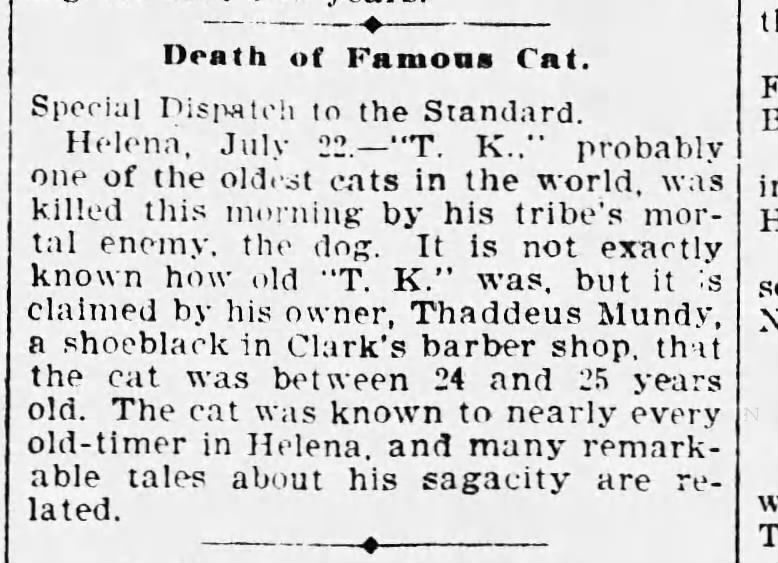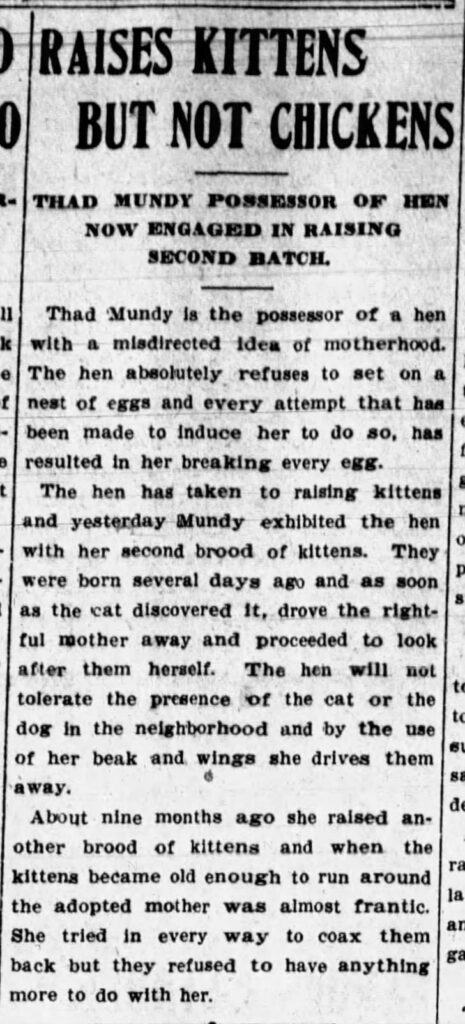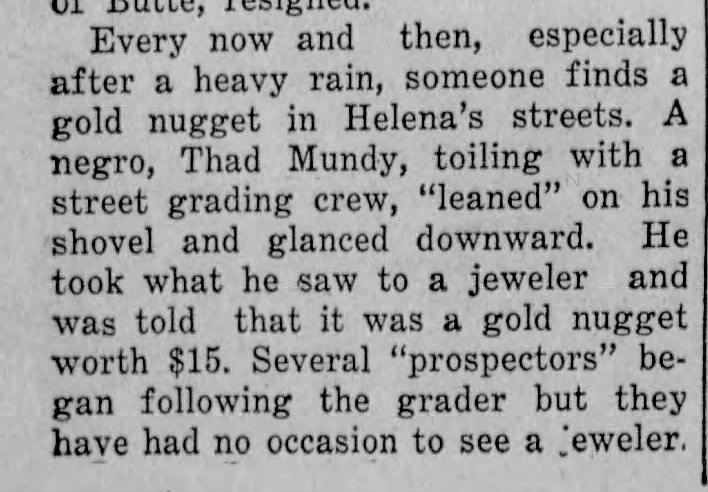Date of Birth
March 6, 1877
Place of Birth
Chihuahua, Mexico
Towns / Cities Moved Into
Lewis & Clark, Montana
Leavenworth, Kansas
Cascade, Montana
Known Occupation
Laborer, Streer repairing, Miner
Religion
-
Spouse
Death Information
Year of death
June 9, 1956
Place of death
Castcade Country,Montana
Cause of death
Stomach Cancer
Parents
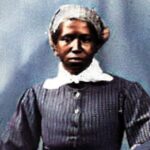
Susan Elizabeth Tinsley

Lafayette Mundy
Marital Status


Married Francis Mundy
August 1, 1904
Helena Montana
Siblings

Children










Narrative / Story
In the rich tapestry of Montana’s history, the story of Thaddeus Sumner Mundy stands as a vivid illustration of resilience, diversity, and community spirit. Born on March 6, 1877, in Chihuahua, Mexico, Thaddeus entered a world still grappling with the remnants of racial discrimination, despite the official abolition of slavery. His African-American heritage, juxtaposed with the predominantly mestizo community, shaped his formative years in unique ways. This early life in Mexico, under the shadow of his father’s military service, was set against a backdrop of political and social turmoil.
In 1889, the Mundy family embarked on a significant journey to Lewis & Clark County, Montana. This move coincided with Montana’s admission as the 41st state of the United States, a period marked by economic growth and opportunity. The family, like many others, was drawn by the promise of prosperity in a state that was rapidly developing. Montana, with its burgeoning mining industry and the allure of the Northern Pacific Railway, offered a beacon of hope to families like the Mundys.
By the turn of the century, Thaddeus, now a young man, resided with his mother, Elizabeth, in Helena, Montana. Their home at 112 Warren Street was modest, yet it represented a new beginning in a land far from their Mexican roots. Elizabeth, a widowed laundress, and Thaddeus, a porter, faced the challenges of their time with resilience and fortitude. Their life in Helena was a testament to their adaptability and determination in the face of new societal dynamics.
Thaddeus’s life took a significant turn when he married Frances Smith Mundy, a white woman of German and Irish descent. This union, crossing racial lines, was met with societal resistance and familial disowning. Yet, it stood as a testament to their love and resilience, a beacon of hope in a time of pervasive racial prejudice. Their marriage was a bold statement in the face of societal norms and set a precedent for future generations.
Thaddeus’s professional journey was as varied as the Montana landscape itself. He began as a laborer, taking on odd jobs to make ends meet. His work ethic was unwavering, a trait that would define much of his life. From repairing streets to delving into the mining industry, Thaddeus’s contributions to the community were significant. However, the specter of racial discrimination often shadowed his path, limiting opportunities for advancement and fair wages.
Despite these challenges, Thaddeus’s spirit remained indomitable, a source of inspiration for his growing family. Thaddeus and Frances’s family included several children, each a symbol of their enduring partnership. Their household was a microcosm of the broader societal changes of the time, a place where love and resilience reigned despite external challenges. The Mundy family, in their own way, mirrored the evolving American society, navigating through the complexities of racial and cultural integration.
Beyond the confines of his family life, Thaddeus’s presence in the Helena community was marked by acts of heroism and ingenuity. His actions during times of crisis demonstrated his commitment to the welfare of his fellow citizens, reflecting a deep sense of community responsibility. One such instance was reported in the Montana Daily Record on May 20, 1904, when two young boys, Ethelbert Love and Raleigh Barbour, embarked on an innocent rabbit hunt and went missing, causing citywide anxiety.
It was Thaddeus who, on horseback, emerged as the savior of the boys. His discovery of them near the old placer diggings and his swift action in reuniting them with their anxious parents echoed his deep commitment to his community. This act of heroism was a testament to his character and his willingness to assist those in need. In another remarkable incident, Thaddeus unraveled the mystery of a Moqui Indian, confined in the county jail, his identity unknown. With his ability to speak Mexican, Thaddeus bridged the communication gap, revealing the man’s identity and solving a puzzle that had confounded the local authorities.
Thaddeus’s achievements were not confined to acts of heroism. He also made headlines for setting what was believed to be a record in wool production from Angora goats. On his property, one goat was sheared for eight pounds of wool, and another for 7-3/4 pounds. This achievement, expertly done by Frank A. Fallon, highlighted Thaddeus’s agricultural skills and entrepreneurial spirit. The narrative of Thaddeus Sumner Mundy is a rich tapestry of personal triumphs, community engagement, and the relentless pursuit of a better life in the face of societal challenges.
His journey, from the streets of Chihuahua to the heart of Montana, is a poignant reminder of the strength and resilience of the human spirit. Thaddeus’s legacy, culminating in his passing on June 9, 1956, extends beyond his family; it is a narrative of enduring strength and resilience in the face of societal challenges, a testament to the indomitable spirit of African-Americans in early 20th-century Montana. Thaddeus’s story is further enriched by the backdrop of Anaconda’s diverse ethnic history.
Anaconda, a town where cultural uniqueness was defined by customs related to food, religion, and holidays, was a place where various ethnic groups blended into neighborhoods rather than being isolated. This environment of diversity was a backdrop to Thaddeus’s life in Montana. The town’s ethnic diversity, as captured in an undated clipping from the Anaconda Standard, included 27 nationalities, with the Irish, Yugoslavian, and Swedish being the largest foreign-born populations.
Thaddeus, an African-American, was part of a smaller but significant community in Anaconda. The town, second only to Butte in its cosmopolitan nature, had about 92 Black Americans in 1920. This diversity was reflected in the various celebrations and traditions of the ethnic groups, from the Mesopust for Croatians to St. Patrick’s Day for the Irish. Anaconda’s history of diversity, as detailed by J. Ray Haffey, shows a community where ethnic distinctions existed but were often crossed, especially in the neighborhoods where children intermingled freely.
The town was a place where music, food, and traditions from various cultures coexisted and enriched the community fabric. The story of Thaddeus Sumner Mundy and the diverse ethnic landscape of Anaconda are intertwined narratives. Thaddeus’s life, from the streets of Chihuahua to the heart of Montana, was set against the backdrop of a community where diversity was not just present but celebrated. His journey, marked by overcoming racial and socio-economic challenges, personal triumphs, and community engagement, reflects the broader story of Anaconda’s rich history of diversity.
In summary, Thaddeus Sumner Mundy’s life and the ethnic diversity of Anaconda are emblematic of the American experience in the early 20th century. His story, along with the tapestry of cultures in Anaconda, serves as a reminder of the strength and resilience of communities that embrace diversity and overcome societal challenges together.
